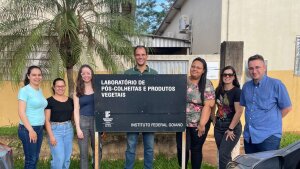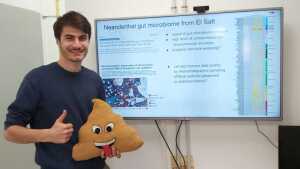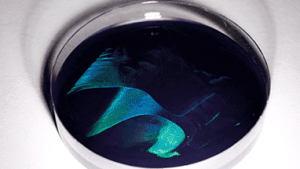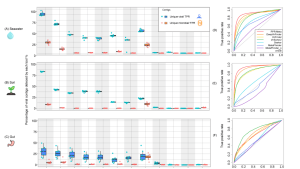
Balance of the Microverse letters
Welcome to the VEO website
We are the Viral Ecology and Omics (VEO) Group - a multi-disciplinary and international group of scientists, and part of the Cluster of Excellence "Balance of the Microverse"External link at the Friedrich Schiller University in Jena.







